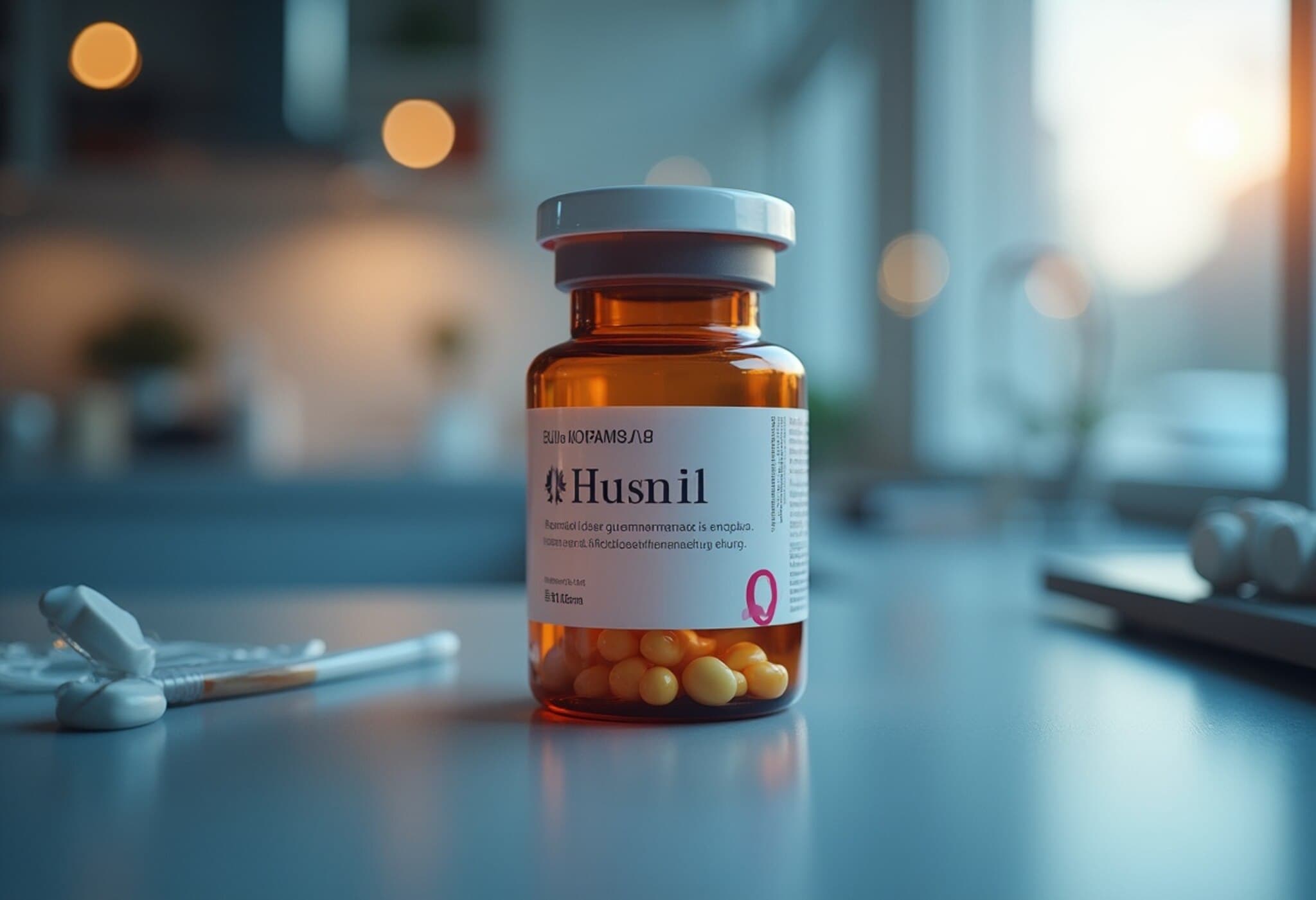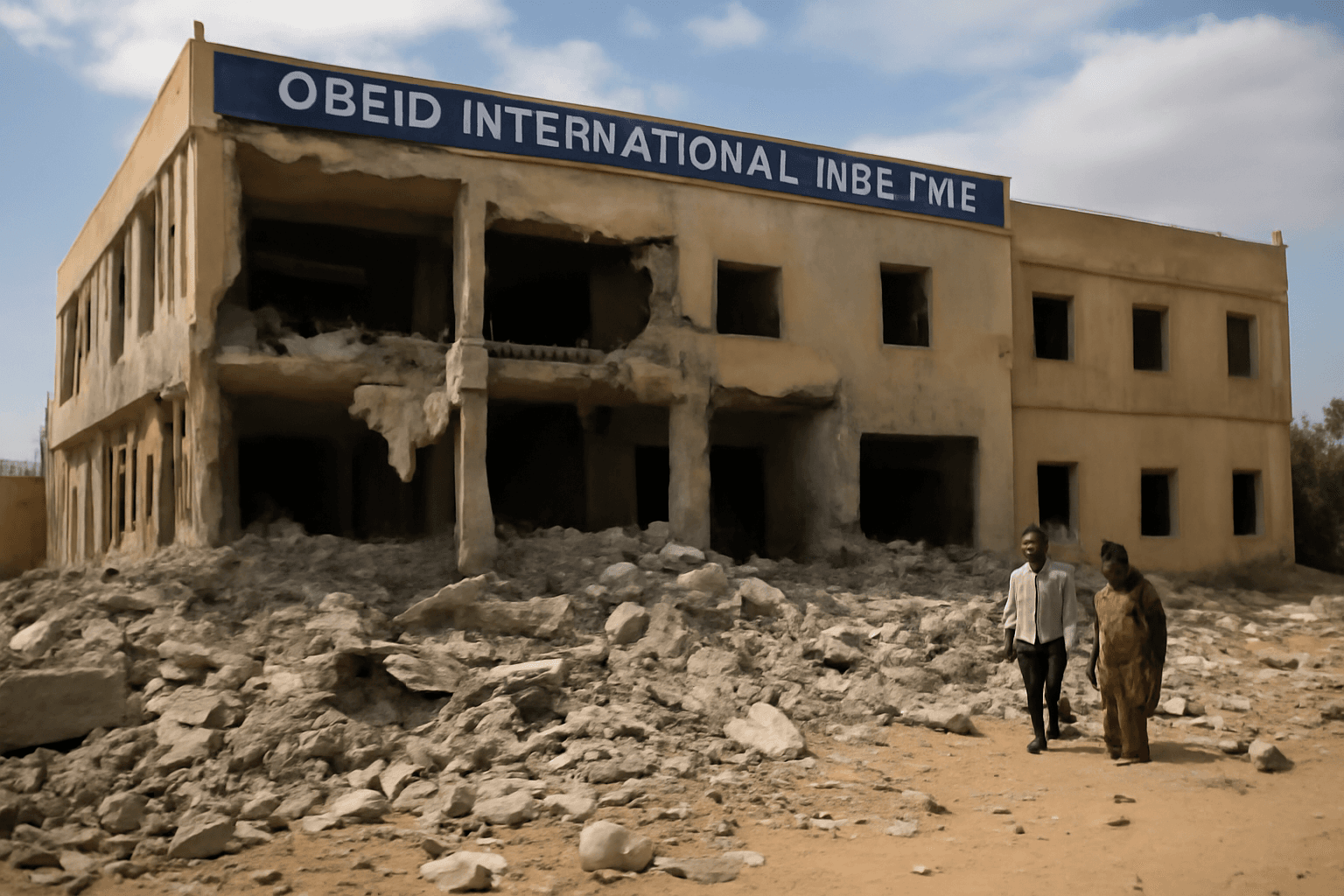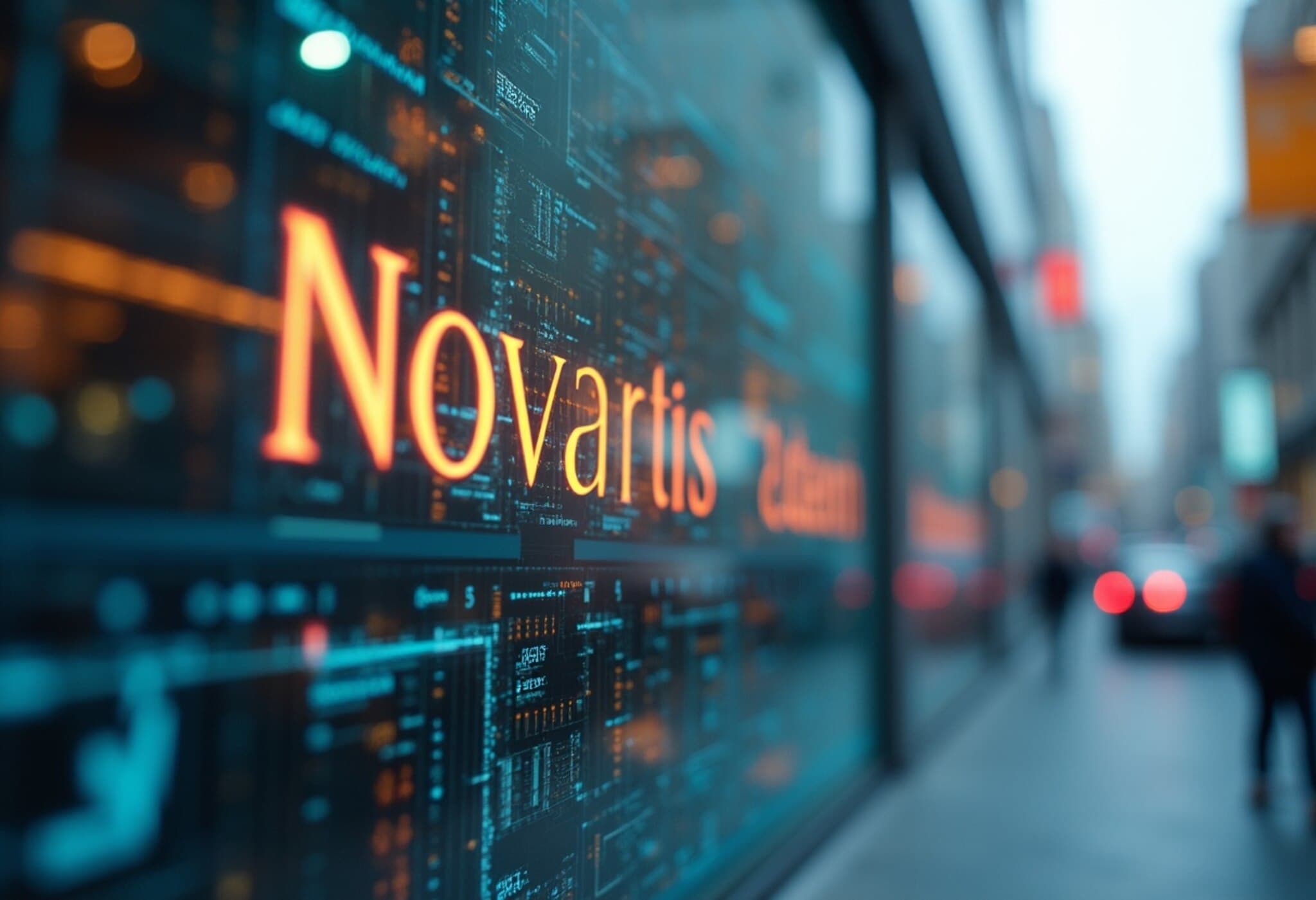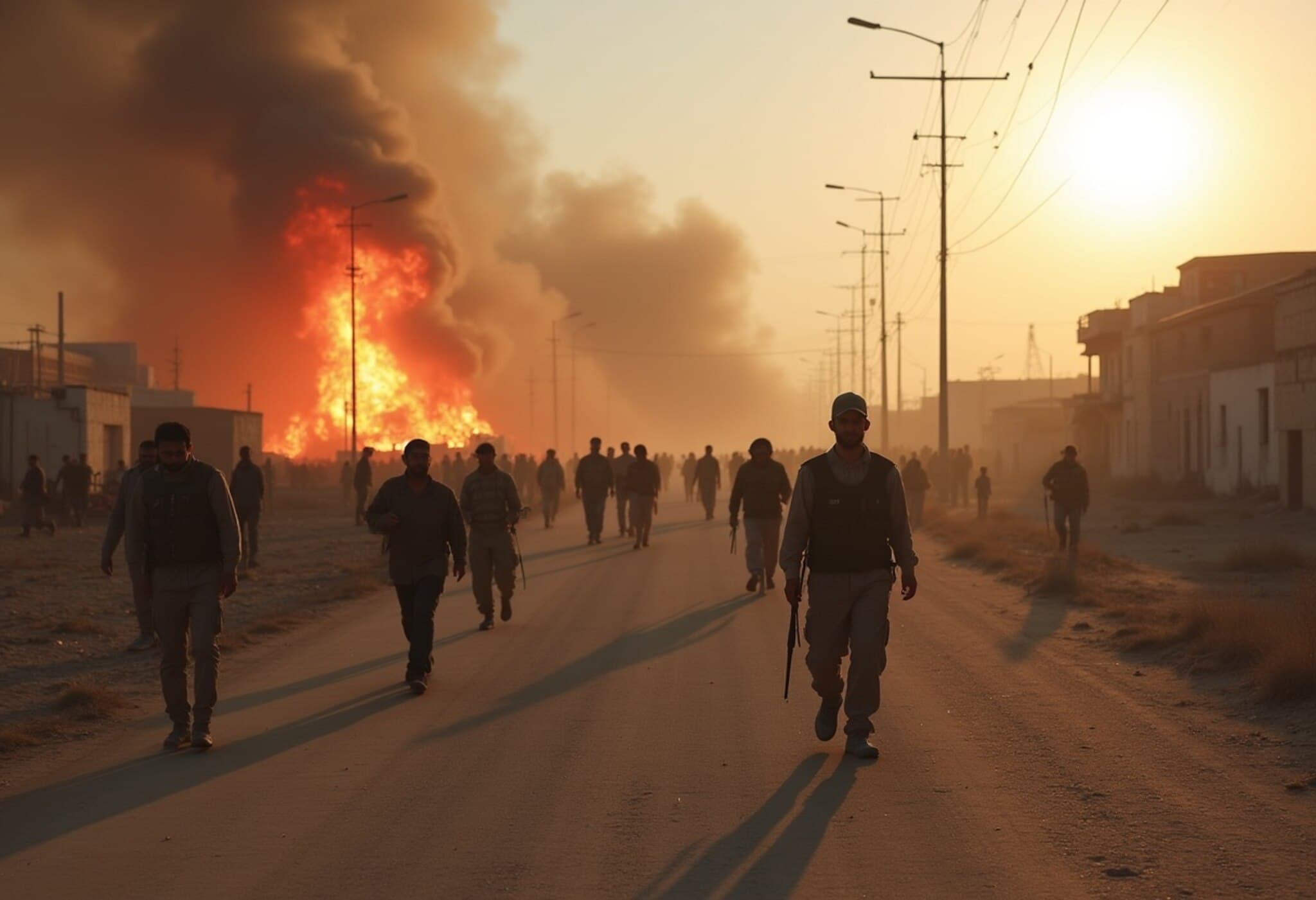Novartis Charts New Growth Path with Kisqali Breast Cancer Drug
Swiss pharmaceutical powerhouse Novartis AG has announced optimistic forecasts for its breast cancer therapy, Kisqali, positioning the drug as a future blockbuster within its portfolio. This strategic pivot reflects Novartis' efforts to diversify revenue streams beyond its current lead, Entresto, a heart failure medication facing looming patent expiry in the United States.
Selling Strong: Kisqali's Rapid Uptake
In its second quarter earnings report, Novartis revealed that global sales of Kisqali surged an impressive 64% year-over-year (constant currency) through June, fueled in large part by a 100% increase in U.S. sales. This follows a 56% uplift in the first quarter, showcasing sustained momentum.
CEO Vas Narasimhan highlighted Kisqali as the company's drug with the “greatest scope for outperformance,” underscoring confidence in its long-term market potential.
The Broader Context: Rising Breast Cancer Burden Worldwide
This surge in Kisqali sales aligns with a sobering global health forecast. The World Health Organization projects that by 2050, breast cancer diagnoses could climb to 3.2 million new cases annually worldwide with deaths nearing 1.1 million per year. Currently, about 1 in 20 women globally face breast cancer in their lifetime—a number expected to grow significantly due to demographic shifts and lifestyle factors.
Such escalations spotlight the urgent need for effective therapies like Kisqali, which targets metastatic breast cancer, offering patients improved outcomes amid rising incidence.
A Robust Oncology Pipeline Beyond Kisqali
Novartis is not solely reliant on Kisqali for future growth. Narasimhan drew attention to the firm's "strong pipeline," including:
- Pluvicto: a promising prostate cancer treatment gaining traction
- Scemblix: a therapy for chronic myeloid leukemia, also on track to become a blockbuster
These candidates collectively represent a strategic shift toward oncology, reflecting broader industry trends emphasizing cancer care as a growth driver for pharmaceutical companies.
The Challenge of Entresto's Patent Expiry
Novartis’ top-performing product, Entresto, generated $7.8 billion in 2024, accounting for approximately 15% of the company's global sales. However, the looming expiration of its U.S. patent next year threatens to invite generic competition, potentially eroding significant revenue.
The company is currently engaged in intellectual property and regulatory litigation to defend Entresto’s exclusivity. Recent rulings, like a federal judge denying an injunction to block a generic competitor prior to patent expiry, reflect the legal complexities surrounding this battle.
Outgoing CFO Harry Kirsch emphasized Entresto's continuing short-term importance and potential for "significant upside" if patent protections hold through appeals.
Financial Performance and Forward Outlook
Overall, Novartis reported a healthy financial quarter, with second-quarter net sales climbing 11% year-over-year to $14.05 billion (constant currency), narrowly missing analyst forecasts. Core operating income grew by 21% to $5.93 billion, exceeding expectations.
Reflecting confidence in its growth trajectory, Novartis raised its full-year guidance, projecting core operating income growth in the "low teens" and maintaining a sales growth forecast in the "high single digits." Additionally, the company announced a significant share buyback plan worth up to $10 billion, a move signaling strong faith in its mid- to long-term strategy.
Expert Insight: Navigating the Future of Pharma Growth
Novartis’ strategic emphasis on Kisqali and its oncology portfolio resonates with broader pharmaceutical industry shifts. The global cancer burden is intensifying, and companies that adapt by innovating targeted therapies are likely to capture expanding market opportunities.
However, the patent cliff looming over Entresto spotlights the precarious nature of pharma reliance on individual drugs. Legal battles and generic competition will remain pivotal determinants of financial health, underscoring the necessity of a diversified pipeline.
For investors and policymakers alike, Novartis’ approach serves as a case study in balancing innovation with risk management, while addressing urgent public health challenges.
Editor’s Note
Novartis' ambition to make Kisqali its next blockbuster drug comes at a critical time, given the anticipated global rise in breast cancer cases. While optimism surrounds its oncology pipeline, the company’s ability to successfully navigate patent challenges with Entresto will heavily influence its fiscal stability. Observers should watch how legal proceedings unfold, and how Novartis leverages innovation to sustain long-term growth amid evolving healthcare needs.












